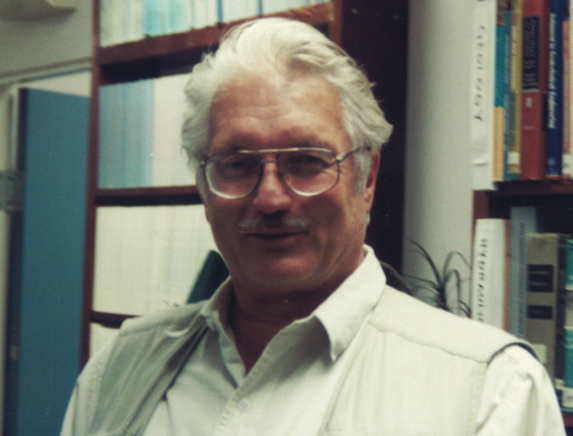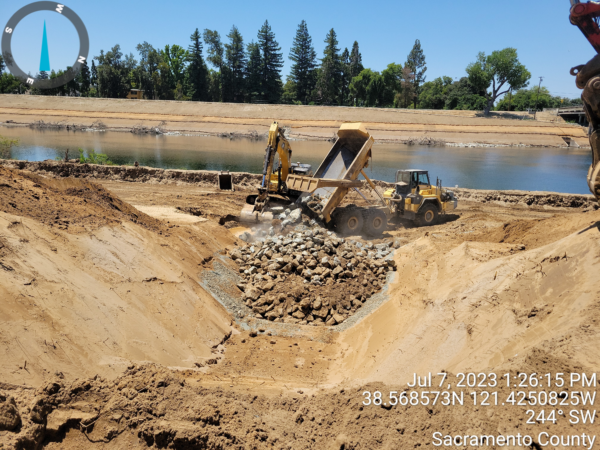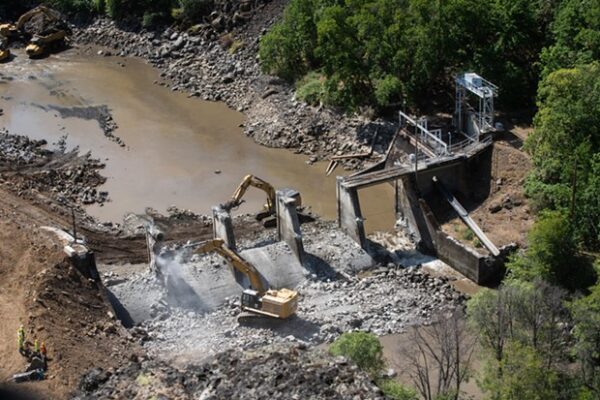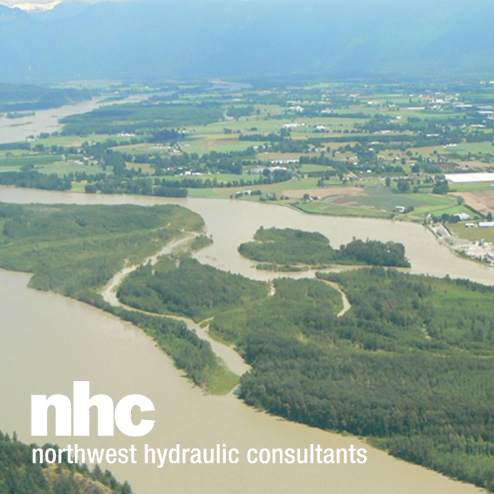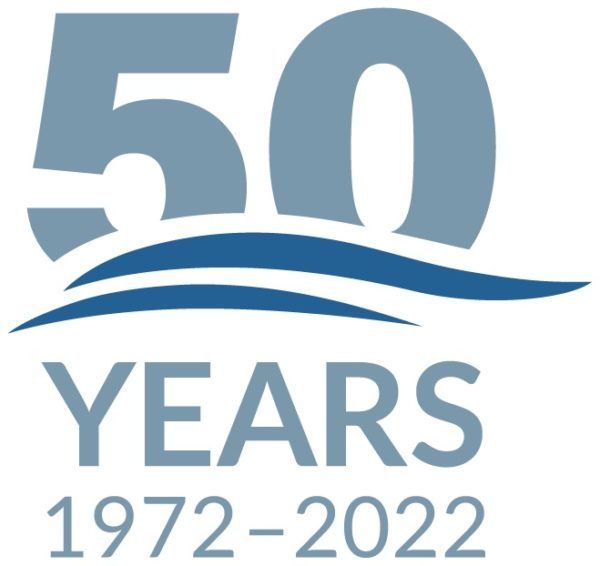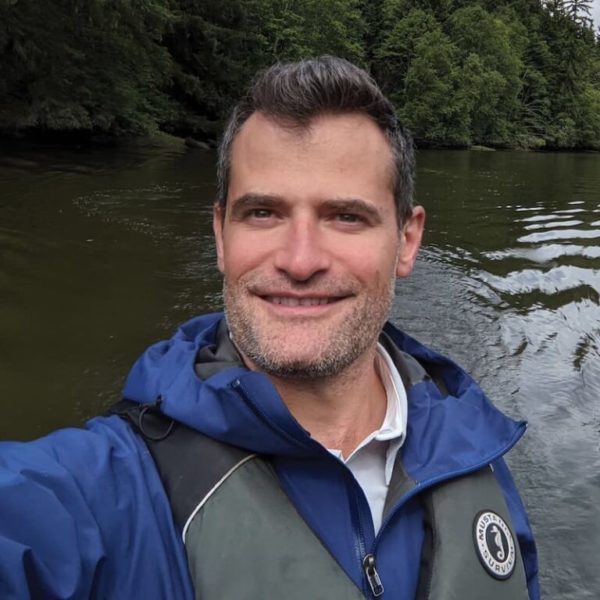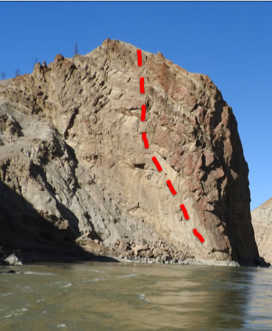Earlier this year, NHC completed a comprehensive Flow Frequency Analysis study for the Yukon Government. The study’s objective was to develop an updated methodology for estimating the magnitude of peak flows across the Yukon to support the design and assessment of transportation infrastructure, water crossings, conveyance structures, and other water resource projects.
Flow frequency analyses are often completed using measured data at “gauged” locations. For example, if a 1 in 200 year flood event is required to be calculated on the Yukon River to support the design of a bridge crossing, data are available at a number of locations along that river with which statistical return periods can be calculated. However, a key challenge in the Yukon is that streamflow records are generally sparse, or altogether unavailable at many locations. In the absence of observed records, NHC developed regionalization methods which can be used to estimate peak flows at ungauged locations.
NHC first compiled available flow data from the Water Survey of Canada, the United States Geological Survey, and the Yukon Government Water Resources Branch. Gaps in the streamflow records were infilled where feasible, and flood frequency estimates were calculated for more than 250 gauges. Six primary peak flow regions were then established for the study area and regional regression equations for each region were developed using explanatory basin characteristics, including physical and climatic variables. A method for understanding potential climate change impacts was also outlined. The outcome of this project was a comprehensive methodology to estimate daily and instantaneous peak flows for both gauged and ungauged sites, along with the uncertainty of the estimates. NHC also developed an Excel-based tool that allows users to apply the developed frequency analysis and provided guidance on limits to future applicability of peak flow frequency analyses and regional equations due to the projected effects of climate change.
For more information, please click here to read the full report.


